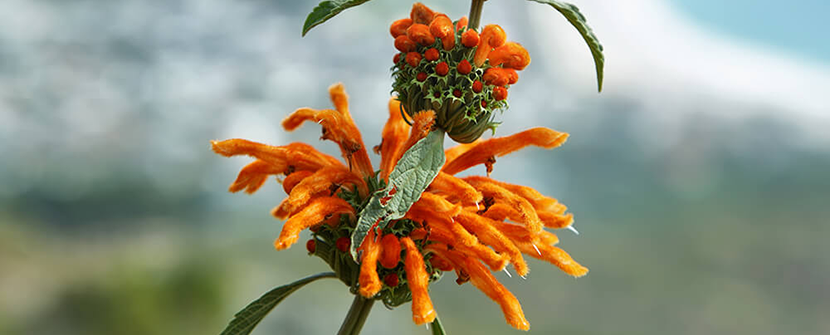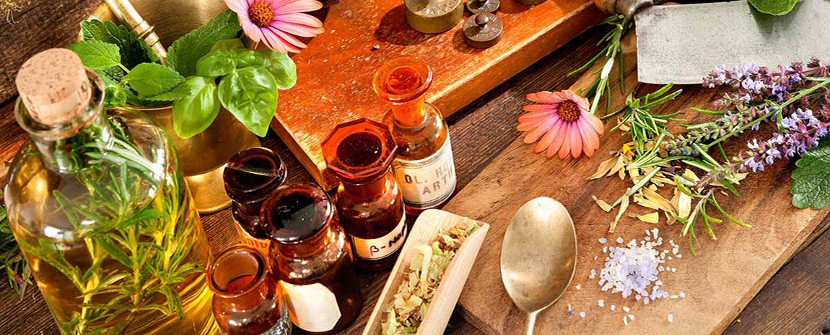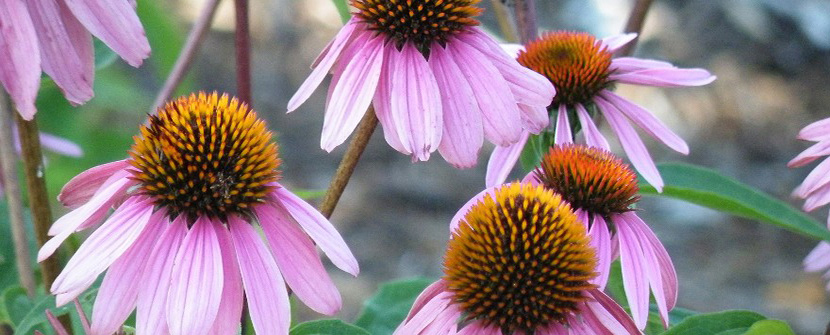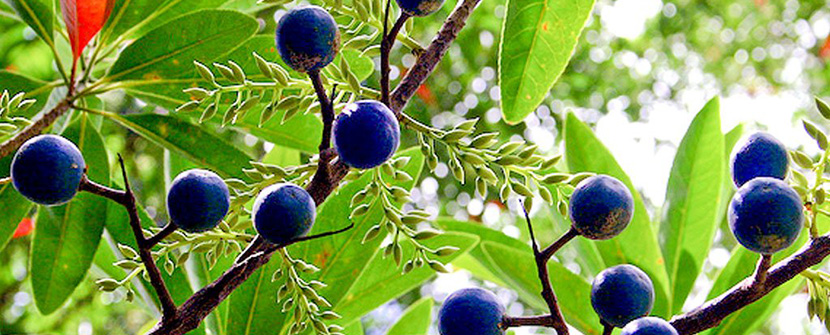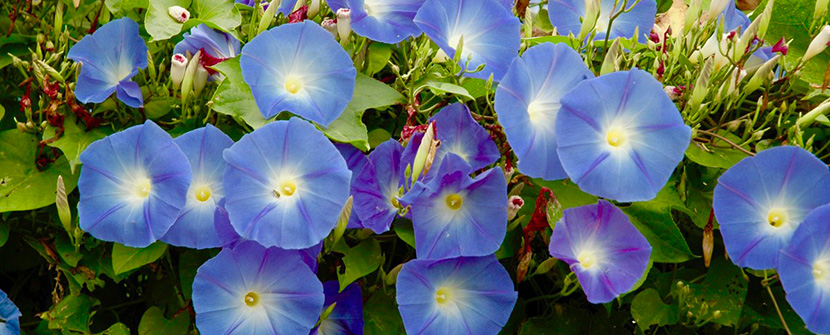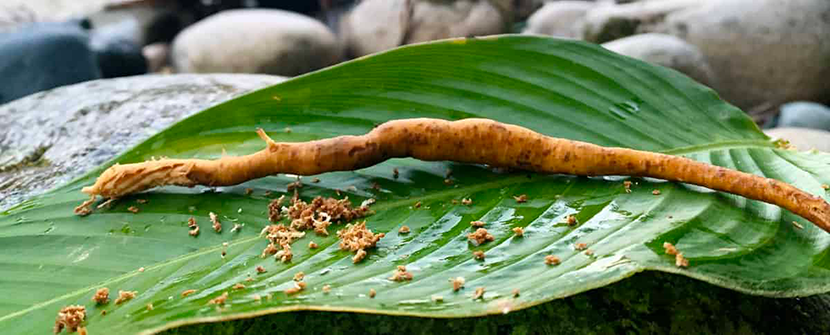Psychoactive plant medicines are plants that contain substances that can alter our mood, perception, cognition or behavior. They have been used for thousands of years by various cultures for healing, spiritual, and recreational purposes.
Some of the most well-known psychoactive plants are cannabis, which contains cannabinoids such as THC and CBD; ayahuasca, which contains DMT and MAOIs; peyote, which contains mescaline; and psilocybin mushrooms, which contain psilocybin and psilocin. These plants can induce profound experiences of altered states of consciousness, such as euphoria, insight, creativity, empathy, and mystical visions.
However, there are many other psychoactive plants that are less known but equally fascinating and beneficial. Some of them are legal to grow and use in many countries, while others may require special permits or licenses. In this blog post, we will explore some of these plants and how you can create and cultivate your own apothecary of psychoactive plant medicines.
What You Need to Know Before Growing Psychoactive Plants
Before you start growing psychoactive plants, there are some important things you need to know and consider:
Legal status
Depending on where you live, some psychoactive plants may be illegal to possess, grow, or use. You should always check the local laws and regulations before acquiring any seeds or cuttings of psychoactive plants. You should also be aware of the potential legal consequences if you are caught with these plants or their products.
Safety
Psychoactive plants can have powerful effects on your body and mind. You should always do your research on the effects, dosage, interactions, and contraindications of any plant you intend to use. You should also consult with a qualified health professional if you have any medical conditions or take any medications that may interfere with the plant’s effects. You should never use psychoactive plants alone or without proper guidance and supervision.
Ethics
Psychoactive plants are sacred and precious gifts from nature. You should always respect them and use them with intention and gratitude. You should also source them from ethical and sustainable sources that do not harm the environment or exploit the indigenous people who have been using these plants for generations. You should also avoid overharvesting or wasting any part of the plant that you do not use.
How to Grow Psychoactive Plants
Growing psychoactive plants can be a rewarding and enjoyable hobby that can provide you with fresh and potent plant materials for your personal use. However, it can also be challenging and require some skills and knowledge. Here are some general tips on how to grow psychoactive plants successfully:
Choose the right plants
Not all psychoactive plants are suitable for growing at home. Some may require specific climatic conditions, soil types, or light cycles that are hard to replicate indoors or outdoors. Some may also be invasive or attract unwanted pests or diseases. You should choose the plants that match your growing space, resources, and preferences.
Prepare the seeds or cuttings
Most psychoactive plants can be propagated from seeds or cuttings. Seeds usually need to be soaked, scarified, or stratified before planting to improve their germination rate. Cuttings usually need to be dipped in rooting hormone and placed in moist soil or water until they develop roots. You should always use sterile tools and containers to avoid contamination or infection.
Provide the optimal conditions
Psychoactive plants need adequate water, nutrients, light, temperature, humidity, and air circulation to grow well. You should water them regularly but not overwater them to prevent root rot. You should fertilize them with organic or synthetic fertilizers according to their needs and stages of growth. You should expose them to enough light but not too much to prevent burning or bleaching. You should maintain a comfortable temperature and humidity level for them by using heaters, fans, humidifiers, or dehumidifiers as needed. You should also prune them occasionally to promote healthy growth and shape.
Harvest and store them properly
Psychoactive plants usually have specific parts that contain the active compounds, such as leaves, flowers, stems, roots, bark, seeds, or resin. You should harvest these parts at the right time when they are mature and potent. You should also dry them carefully and store them in airtight containers away from light, heat, and moisture to preserve their quality and potency.
Some Examples of Psychoactive Plants You Can Grow
Here are some examples of psychoactive plants that you can grow at home, along with their effects and uses:
Kratom (Mitragyna speciosa)
Kratom is a tropical tree native to Southeast Asia that produces leaves that contain alkaloids such as mitragynine and 7-hydroxymitragynine. These alkaloids can act as stimulants or sedatives depending on the dose and strain. Kratom can be used to enhance mood, energy, focus, pain relief, relaxation, and sleep.
Kava (Piper methysticum)
Kava is a shrub native to the Pacific Islands that produces roots that contain kavalactones. These kavalactones can induce a state of calmness, relaxation, and euphoria. Kava can be used to reduce stress, anxiety, insomnia, and muscle tension.
Salvia (Salvia divinorum)
Salvia is a perennial herb native to Mexico that produces leaves that contain salvinorin A. This compound is a potent dissociative hallucinogen that can induce short-lived but intense experiences of altered perception, reality, and self. Salvia can be used to explore consciousness, spirituality, and creativity.
Blue lotus (Nymphaea caerulea)
Blue lotus is a water lily native to Egypt and other parts of Africa and Asia that produces flowers that contain aporphine and nuciferine. These compounds can act as mild sedatives and aphrodisiacs. Blue lotus can be used to enhance relaxation, sensuality, and meditation.
Lion’s tail (Leonotis leonurus)
Lion’s tail is a shrub native to South Africa that produces flowers that contain leonurine. This compound can act as a mild stimulant and euphoriant. Lion’s tail can be used to improve mood, energy, and sociability.
These are just some of the many psychoactive plants that you can grow and use for your own apothecary of plant medicines. However, you should always do your own research and consult with a professional before using any of these plants or their products.
Conclusion
Psychoactive plant medicines are natural sources of healing, inspiration, and transformation. By growing your own apothecary of psychoactive plant medicines, you can enjoy the benefits of these plants in a safe, ethical, and sustainable way.
However, you should always be aware of the legal, safety, and ethical issues involved in growing and using psychoactive plants. You should also respect the plants and use them with intention and gratitude.


